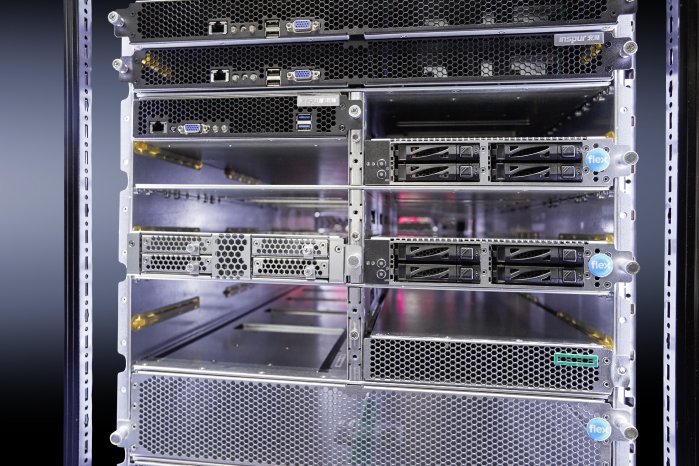Rittal, the largest rack producer in the world, has joined the Open19 Foundation. Driven by the Microsoft subsidiary LinkedIn and global vendors, such as HPE and GE Digital, it was launched in May 2017 with the aim of making data centers more cost-effective, more efficient and more flexible. The open source design is based on a standardized architecture for computer and storage components in a standard 19-inch rack, in which the components from different manufacturers are compatible with each other.
“Because of the rising energy costs, we use all possibilities for more energy efficiency in favour of our customers. Underlining this, we have joined the Open19 Foundation in which we help shaping innovative rack design”, says Jason Rylands, Global Director, Data Center and Open Compute Solutions at Rittal.
“The Open19 Foundation is a fast-growing community of companies across a wide range of data center and edge ecosystems. We are very pleased that Rittal, as a key actor and global player in the market, is now a member of the Open19 Foundation”, said Yuval Bachar, who chairs the Open19 Foundation.
Standardized design at less cost
As the newest member of the Open19 community, Rittal offers an inexpensive and quickly applicable solution in the form of an Open19 rack based on the standard 19-inch rack. In addition, the system vendor will support the Open19 ecosystem through being a member and promote innovations both for existing data centers and for changing customer requirements.
“As a member of the Open19 Foundation, Rittal is now even better positioned to meet the needs of the data center market. These include the growing number of hyperscalers, colocation providers, as well as telecommunication convergence and edge computing”, Rylands added.
Standardization for a shorter time-to-market
One advantage of the innovative Open19 architecture is the use of direct current to supply the servers. The electricity is distributed via a special cable harness connected to the power shelves.
The DC power supply ensures energy efficiency. The standardized, modular configuration cuts the time-to-market while the scalability enhances the flexibility in the data center.



